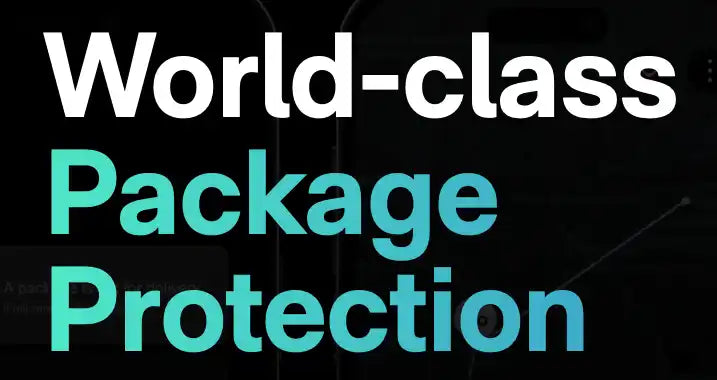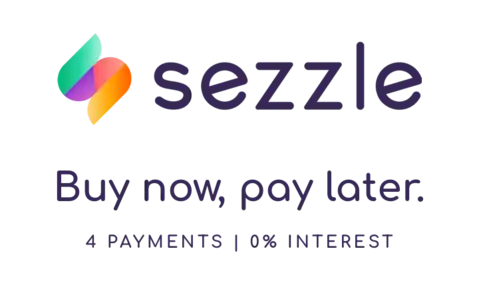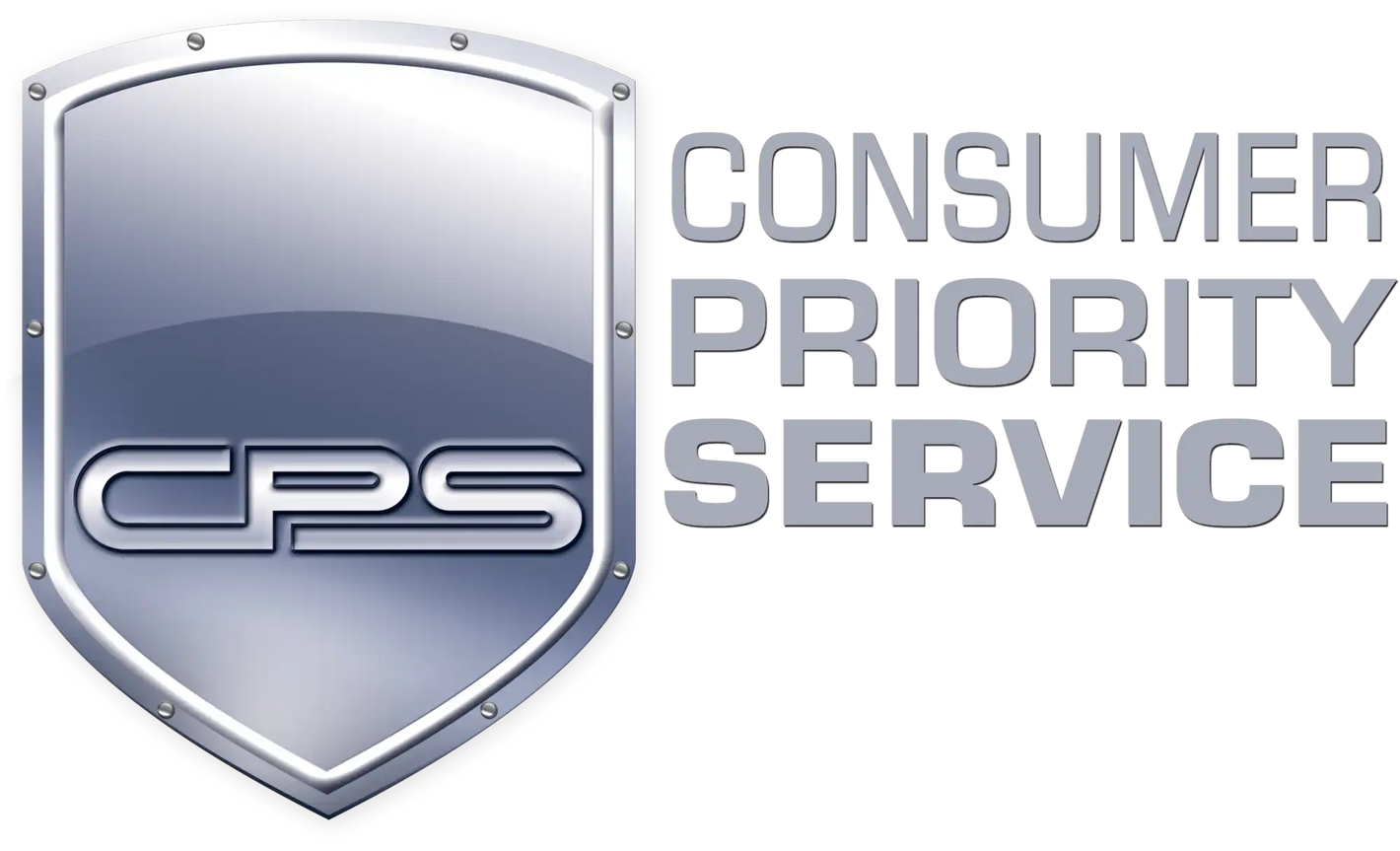One of the first questions everyone asks is, "How far will this radio talk?" The box might say 50 km, but in the real world, you're lucky to get 2 km. What's the deal?
Most handheld two-way radios, or walkie-talkies, operate on line-of-sight (LOS) coverage. This means if you can "see" the other radio, you can "talk" to it. With no obstacles in the way (like a clear view from one mountaintop to another) and no interference, you might get 10 km or more. But the second a hill, building, or dense forest gets in the way, that range shrinks dramatically.
What is "Line of Sight"?
At its simplest, radio waves in the VHF (Very High Frequency) and UHF (Ultra High Frequency) bands travel in straight lines, just like light. They generally do not bend around the curve of the Earth or travel "through" dense obstacles like hills and concrete buildings.
- VHF (144-148 MHz): These frequencies have a longer wavelength, which is slightly better at penetrating foliage and bending over small hills. It's excellent for open-country, rural, and forestry use.
- UHF (430-450 MHz): With a shorter wavelength, UHF signals are much better at penetrating and bouncing around dense urban environments, like buildings, concrete, and steel structures. This makes them ideal for in-city or indoor-to-outdoor use.
In either case, the ultimate range-killer is obstruction. A 5-watt handheld radio will struggle to talk 500 meters through a dense downtown core, but that same radio could talk 15 km to a friend on a clearly visible mountain peak.
Power vs. Perception: Does More Watts = More Range?
Yes... but only to a point. Power (measured in watts) is the "push" behind the signal. More watts can help you overcome minor obstacles and signal loss, but it cannot beat line-of-sight.
- 0.5 Watts (FRS): Good for short-range communication in clear areas (e.g., a campground, a small worksite).
- 2.0 Watts (GMRS): A significant step up, offering better range and signal quality in mixed conditions.
- 5.0 Watts (Amateur/Business): The standard for high-power handhelds. This provides the best possible signal from a portable radio, but it is still limited by terrain.
The takeaway: Think of power like a flashlight. A brighter beam (more watts) helps you see better in the dusk, but it won't let you see through a brick wall.
GMRS, FRS, Business & Ham: What's the Difference in Canada?
The type of radio service you use plays a massive role in your capability. Here is a simple breakdown for Canadians.
Expert Note: GMRS is License-Free in Canada
You may see American websites stating that GMRS requires a license. This is not the case in Canada. The General Mobile Radio Service (GMRS) is license-free for all Canadians, making it a powerful and flexible option for personal and family use.
| Radio Service | FRS (Family Radio Service) |
|---|---|
| Max Power | 0.5 Watts |
| Canadian License | None Required |
| Typical Use | Basic, short-range (e.g., skiing, camping) |
| Radio Service | GMRS (General Mobile Radio Service) |
| Max Power | 2.0 Watts |
| Canadian License | None Required |
| Typical Use | A good choice for families, 4x4, hunting, and general-purpose use. |
| Radio Service | Business / Land Mobile |
| Max Power | 5.0 Watts (Handheld) |
| Canadian License | ISED Land Mobile License Required |
| Typical Use | The best choice for serious 4x4, logging, and commercial use where durability and maximum range are critical. |
| Radio Service | Amateur (Ham) Radio |
| Max Power | 5.0 Watts (Handheld) |
| Canadian License | Amateur Radio Certificate Required |
| Typical Use | A technical hobby for radio enthusiasts. Offers the greatest range and capability (including repeaters) but requires a license to transmit. |
The Key to More Range: Your Antenna
The single best way to improve your range is not more power—it's a better antenna. An upgraded handheld antenna, or even better, an external antenna mounted on your vehicle or roof, will raise your "line of sight" and allow you to transmit and receive signals far beyond what a stock "rubber duck" antenna can.
Ready to Find the Right Radio?
Now that you understand the reality of radio range, you can choose the right tool for the job. Whether you need a simple license-free radio for the campsite or a powerful licensed radio for your business, we have you covered.
Shop Radios








